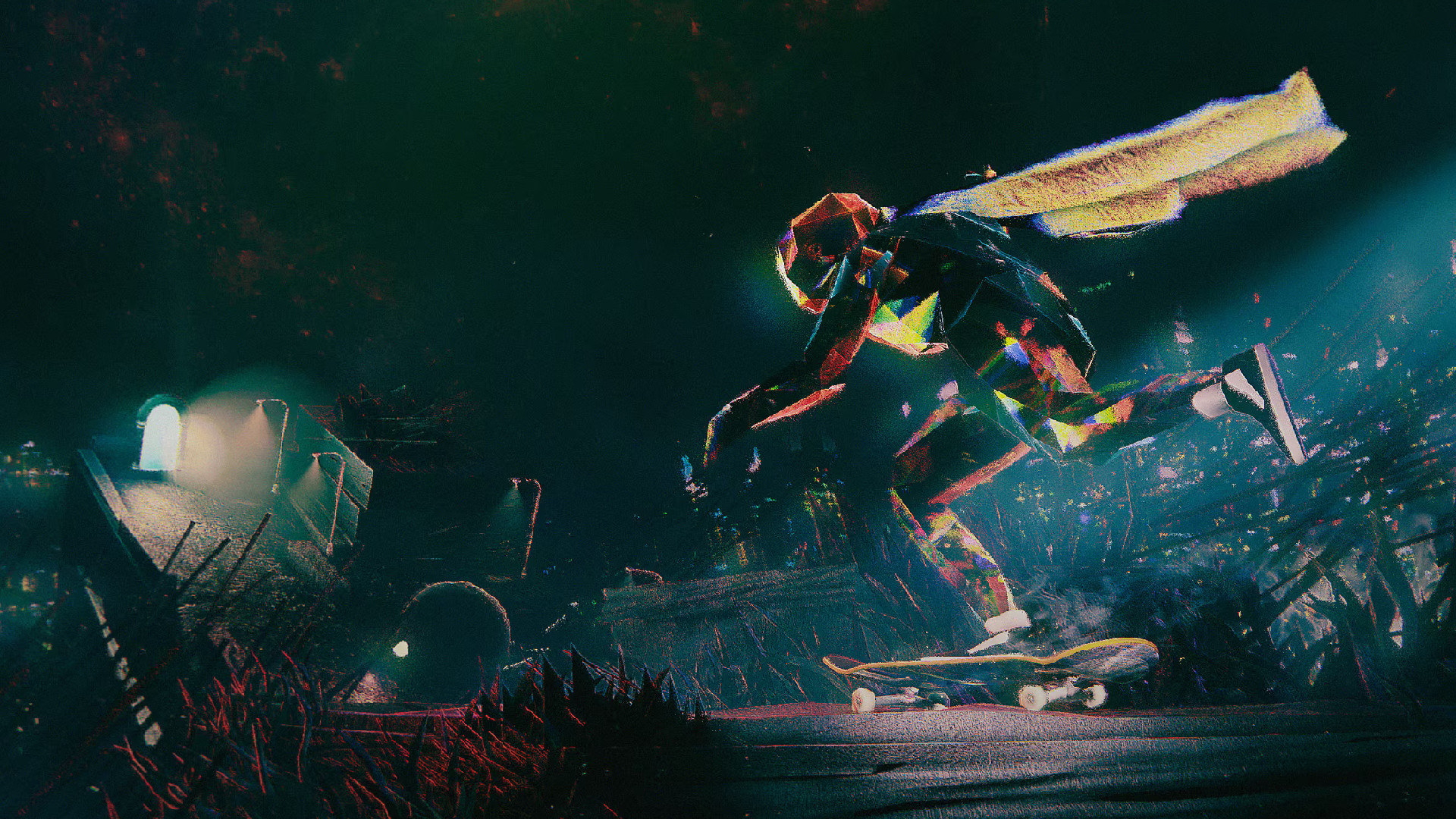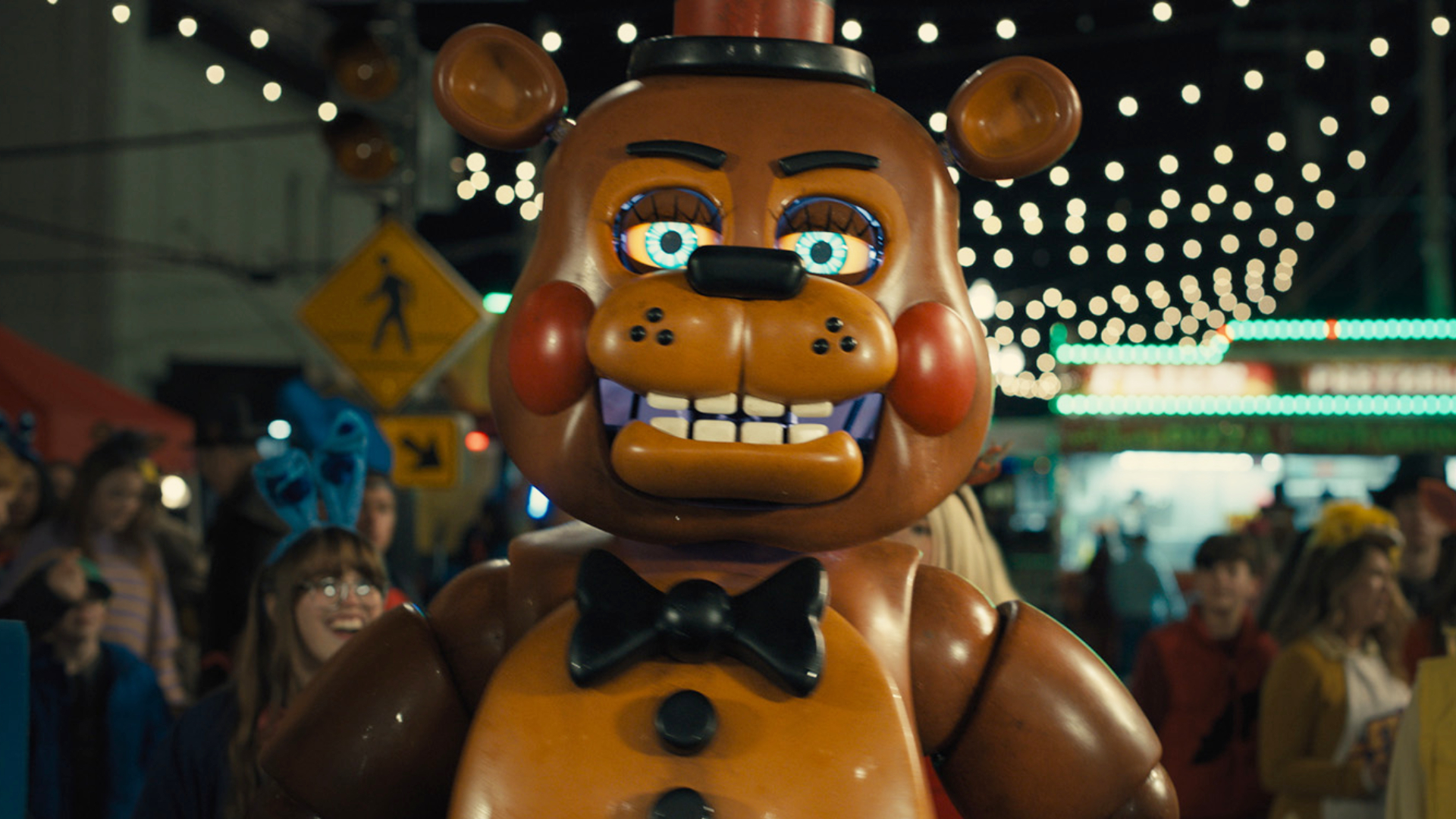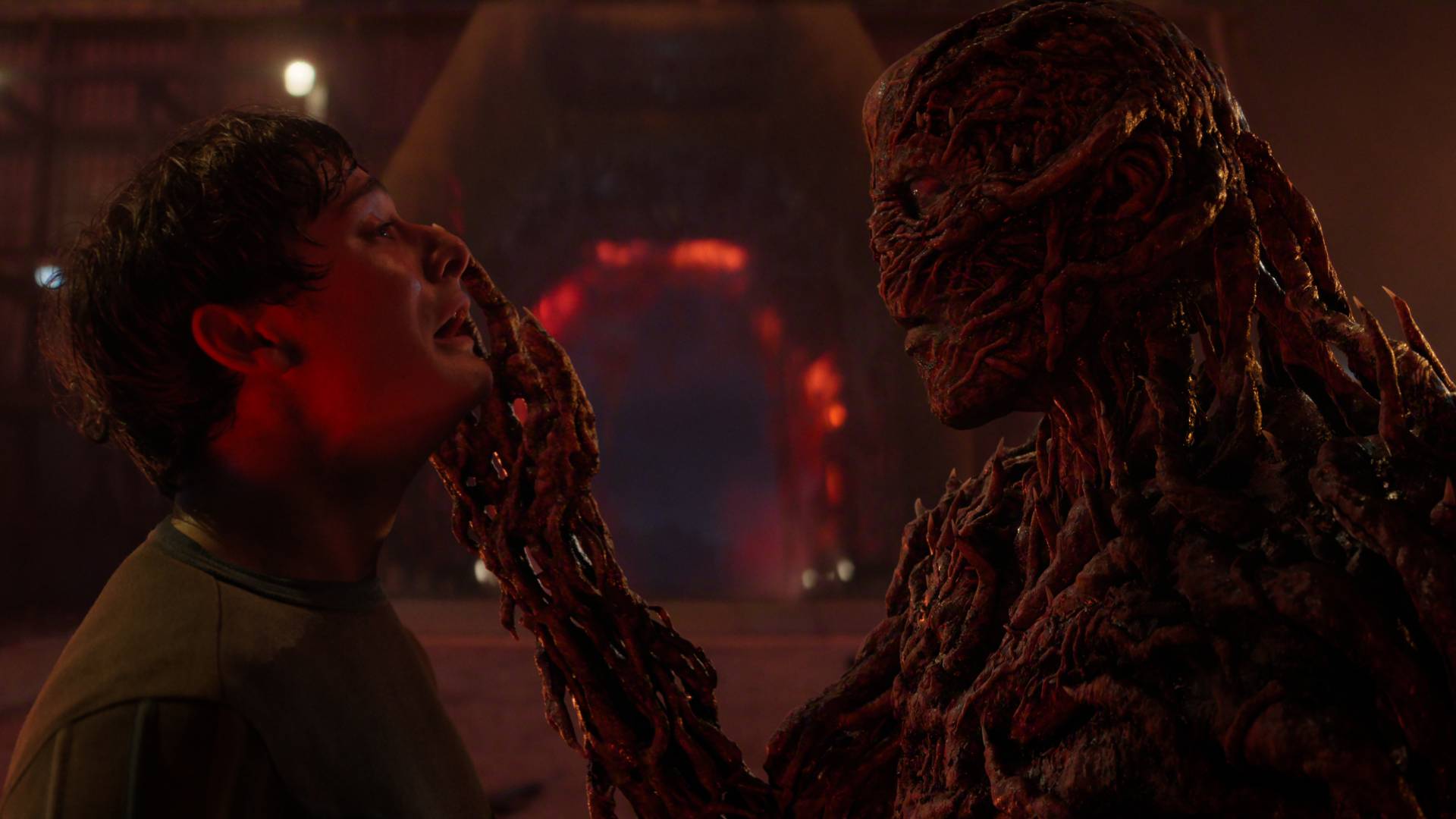Pokemon Legends: Z-A makes the world feel livelier than ever before, but it's not because of Lumiose's design
Opinion | Z-A's setting is our closest and most compelling look yet at day-to-day life in the Pokemon world, but it's all a cheap façade
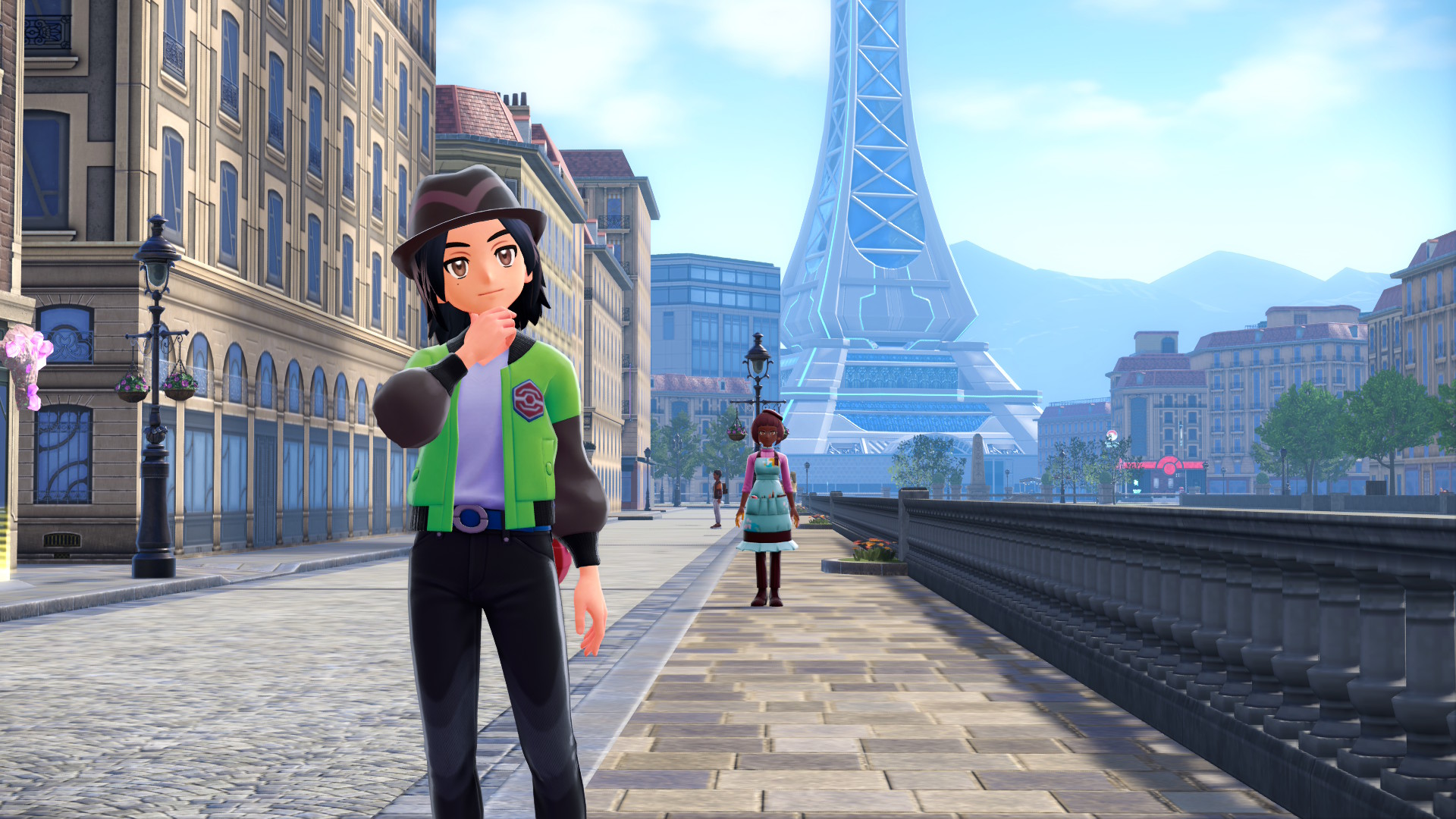
There's a lot to like about Pokemon Legends: Z-A. Everyone's (rightfully) praising how its battles are unlike anything we've seen before in the franchise, for example, but so far I've been taken aback by the creative team's – led by first-time director Haruka Tochigi – commitment to making the Pokemon world a more believable place. It's just a shame about the actual execution of Lumiose City.
The moment it was chosen as the one-and-only setting of the game, the familiar location offered a perfect opportunity. In an age when the vast majority of open world games try to create (or recreate) entire regions to get lost in, the prospect of being limited to a PS2-era-sized map was enticing. This also has historically led to less fragmented and more cohesive game worlds that are easier to learn and fall in love with. You'll often hear me praise Assassin's Creed's lovingly rendered period pieces (Shadows' take on 16th-century Japan has been no exception), but there's a good reason why we normally bring up older cities shaped by the technical constraints of distant generations – such as Oblivion's dense towns – as the best in video games.
There's no denying, even with all its faults, Lumiose City ends up being a charming and cozy place to spend tens of hours in, especially as the art has seen noticeable maturation since Scarlet and Violet's disappointing dullness. That said, it never quite lives up to the intent, themes, and writing of Z-A.
Informative barks
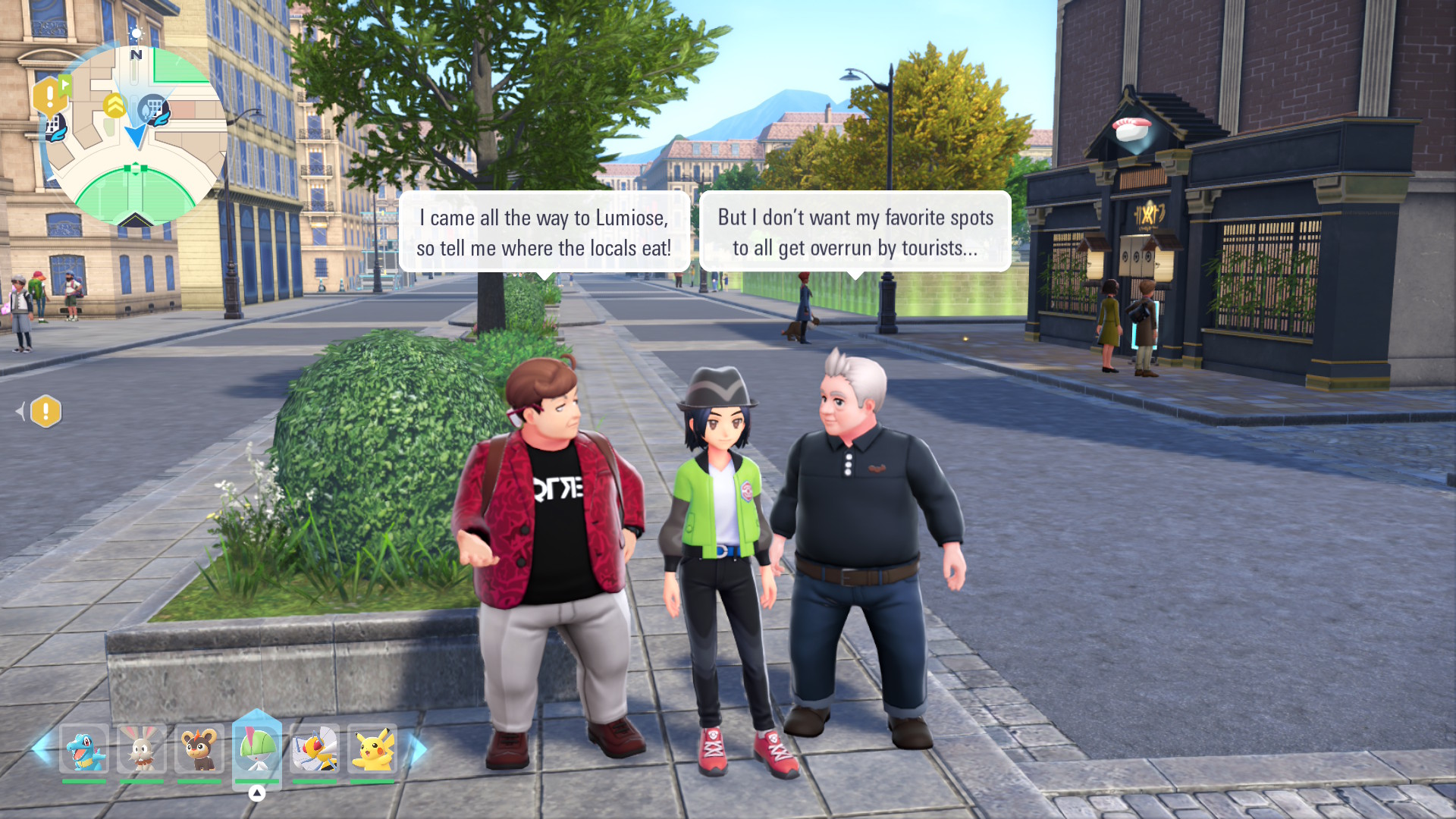
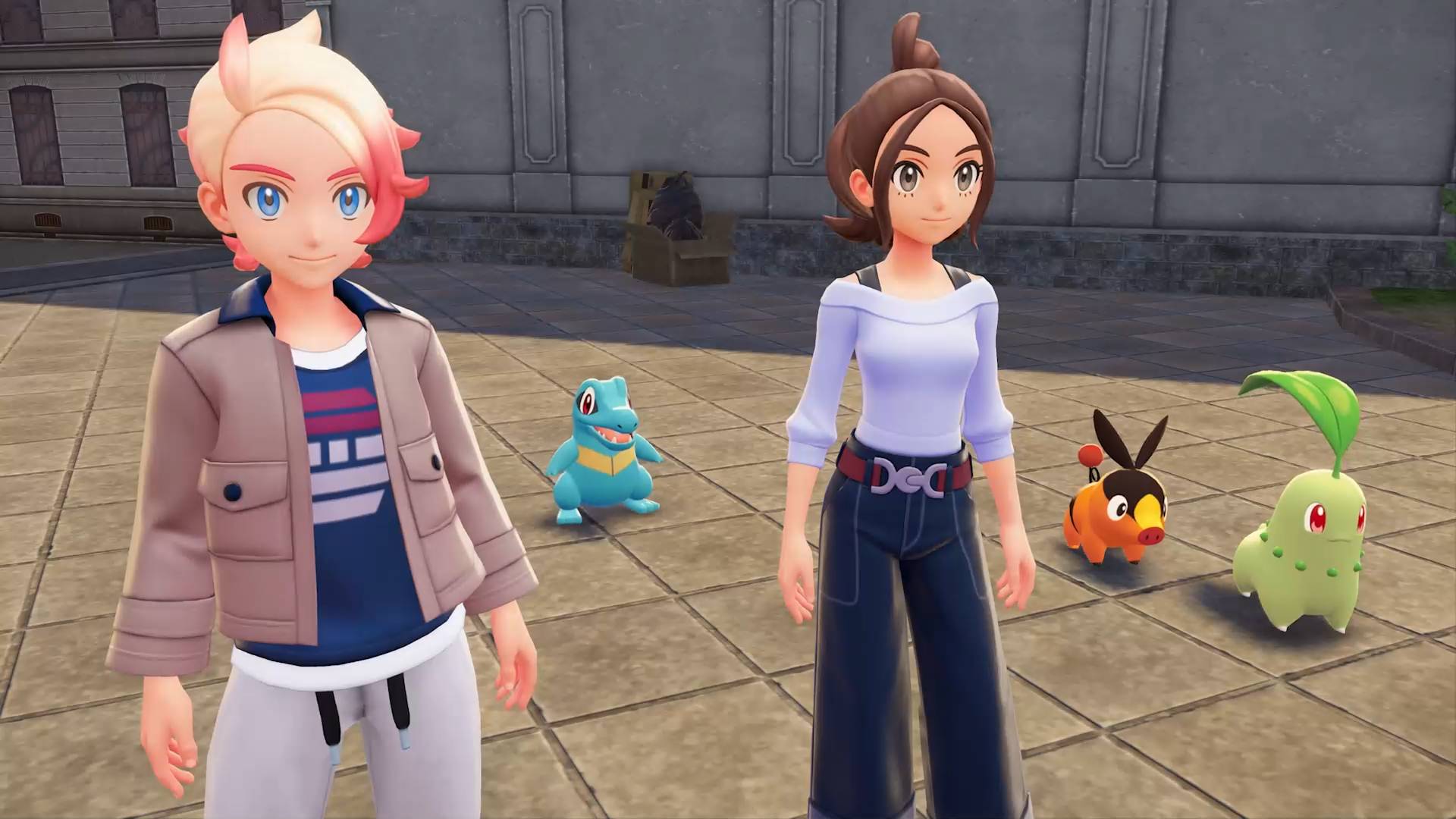
Pokemon Legends: Z-A review: "Fast fluid real-time fights and a world worth exploring make this finally feel like the anime come to life"
Even though I'm still in the early hours of this new Pokemon journey, I'm enchanted by Lumiose's colorful (and often downright weird) inhabitants and most of the creatures roaming its streets, alleyways, parks, and roofs. NPCs are still 'just there' shouting useful info or funny lines of dialogue, but there's a stronger link between the text above their heads and the place they're in.
Whether it's one construction worker happy to have an extra pair of Pokemon hands helping place scaffoldings or a little girl who's afraid of taking the usual route back home from school because entire areas have been invaded by wild Fletchling, there's an active effort to make barks and small nuggets of written dialogue inform and expand on Lumiose and how it works (or doesn't). Some NPCs remain limited (as per tradition) to being walking tutorials, yet I found myself actively seeking random bystanders to 'hear' (Voice acting when?) their thoughts on the changes their city's going through and more than a few provocative political stances.
This isn't just set dressing, as the story (and many of Z-A's side quests) actually goes into the weighty matters of gentrification and friction between different communities, with the 'outsiders' being the wild Pokemon. Is Lumiose's transformation (much like the returning Mega Evolutions) a chance to create a better city or its downfall? I think you know the right answer to this question, but it's still amazing to see a silly Pokemon game (the actual world-building and tone remain adorably goofy) tackle such relevant matters with a steadier hand than many fictional works aimed at adults.
A giant diorama
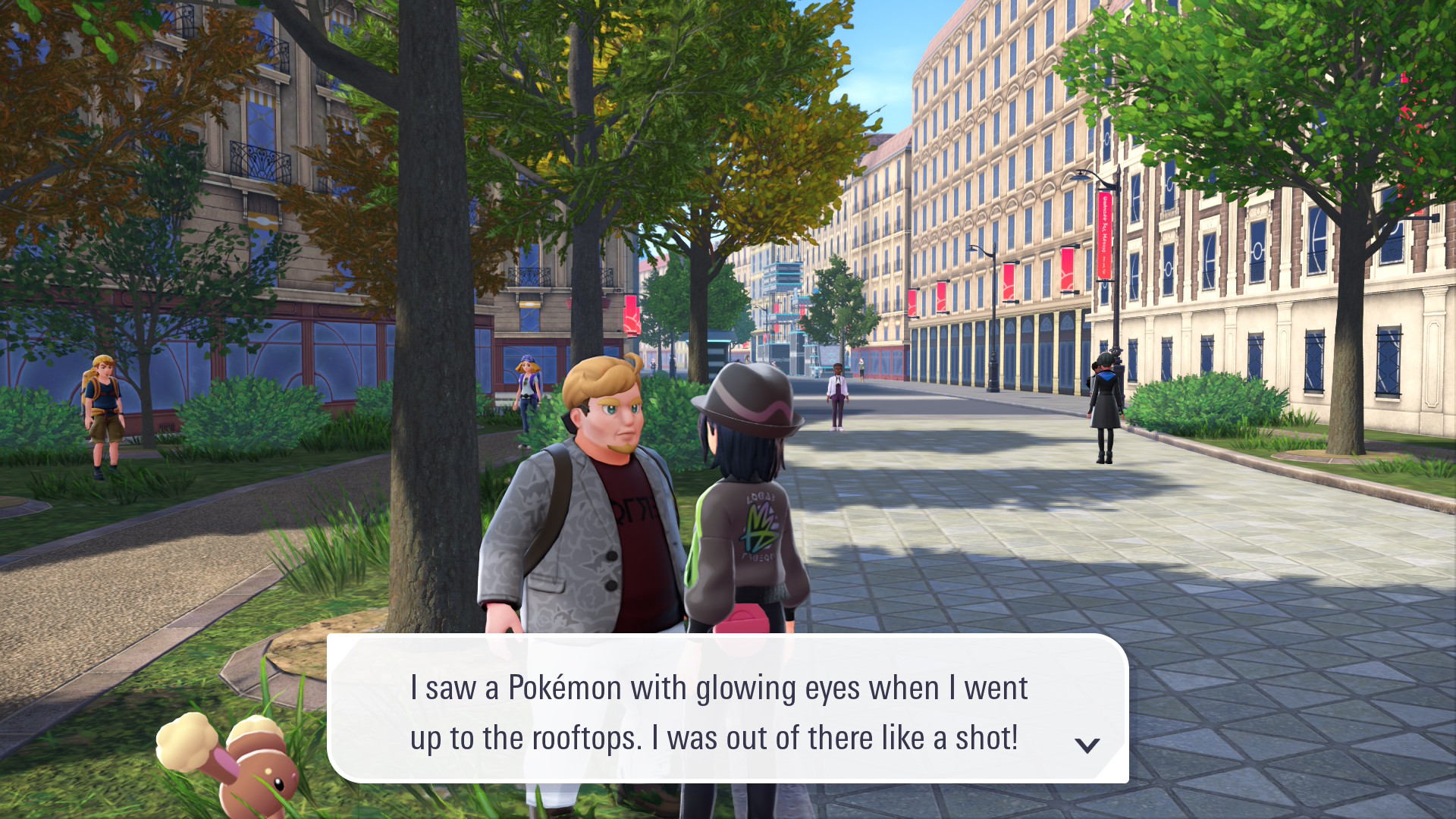
The fact Legends: Z-A tries so hard to say something meaningful – which also happens to feel grounded in reality this time around – through most of its character interactions and several plot threads is what makes the shortcomings of the visual presentation and world design more frustrating. Much has been said about the production values of these games by now, so I won't dig deeper there. In fact, I think how Lumiose is put together as a distinct location and its mechanical lifelessness are bigger issues.
Weekly digests, tales from the communities you love, and more
Unlike the best Yakuza games' approach to smartly scoped game worlds (which feels more modern in execution), Z-A's locale often seems PS2-era in a negative way too. Despite the restraint when it comes to the map size, too many streets and buildings feel samey. The NPCs lack even the simplest fake lives to pretend a functioning society actually exists in Lumiose. Workers and vehicles are just static assets waiting for a protagonist interaction that may never come to be activated like vending machines. Pokemon isn't alone in its dated approach to world design – it's a recurring issue with many medium and large-size JRPGs – but the franchise's gigantic size and financial success warrant much more on this front and others.
At this point, it's hard to discern who's at fault for Pokemon's technical and creative limitations when compared to other Nintendo exclusives. But when even the former Pokemon marketing leads are shocked by the numbers being thrown around, online complaints about the franchise not looking and feeling like one of the most profitable of all time when it comes to (otherwise fun and satisfying) video games are validated. The saddest thing is all the aforementioned positives are more than enough proof someone's trying to cook next-level stuff over there. Maybe next time?
We've ranked the best Pokemon games from worst to best, including Pokemon Legends: Z-A

Fran Ruiz is that big Star Wars and Jurassic Park guy. His hunger for movies and TV series is only matched by his love for video games. He got a BA of English Studies, focusing on English Literature, from the University of Malaga, in Spain, as well as a Master's Degree in English Studies, Multilingual and Intercultural Communication. On top of writing features, news, and other longform articles for Future's sites since 2021, he is a frequent collaborator of VG247 and other gaming sites. He also served as an associate editor at Star Wars News Net and its sister site, Movie News Net.
You must confirm your public display name before commenting
Please logout and then login again, you will then be prompted to enter your display name.
